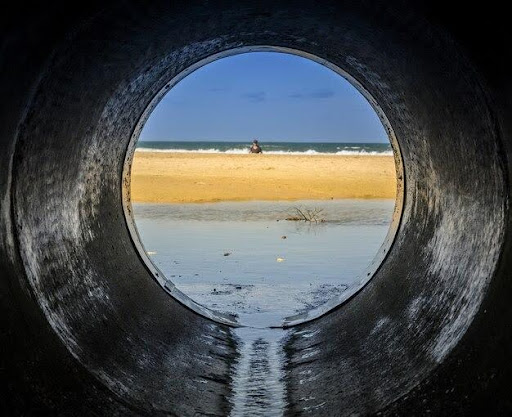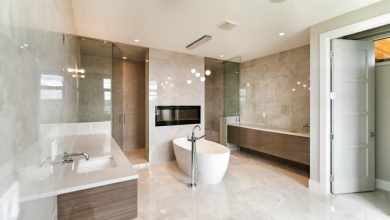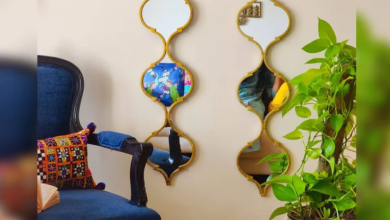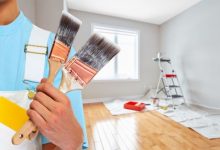Step-by-Step Guide to Ensuring Smooth Water Passage in Your Home

Maintaining a smoothly functioning water system is essential for a comfortable and healthy home environment. However, clogs and leaks can disrupt water flow, leading to frustrating inconveniences and potential water damage.
By following these proactive steps, you can prevent problems and ensure a steady flow of clean water throughout your home.
1. Regular Drain Cleaning
Preventing clogs is key to maintaining smooth water passage. Kitchen sinks, bathroom drains, and laundry drains are particularly susceptible to build-up from hair, soap scum, food scraps, and other debris.
Develop a routine for cleaning these drains. For everyday maintenance, use a drain snake or a natural cleaning solution like baking soda and vinegar. For clogged drains, a commercial drain cleaner or a plumbing professional might be necessary.
Plumbing services can also perform hydro-jetting, a high-pressure water cleaning technique that effectively removes deep-seated clogs and buildup within pipes.
2. Address Hard Water Issues
Hard water, rich in minerals like calcium and magnesium, can cause a variety of problems within your water system. Mineral buildup can restrict water flow, reduce the efficiency of appliances, and leave unsightly scale on fixtures. If you suspect hard water issues, consider installing a water softener.
This appliance removes minerals from the water supply, preventing buildup and protecting your pipes and appliances. Water test kits are readily available at most hardware stores and can help you determine if hard water is a concern in your area.
3. Inspect and Maintain Shutoff Valves
Shutoff valves are essential components located near fixtures and appliances throughout your home. These valves allow you to isolate the water supply for repairs or maintenance. Routinely inspect shutoff valves to ensure they function properly. Turn the valve on and off through its full range of motion to check for leaks or stiffness.
If a valve is difficult to operate or shows signs of leakage, consider replacing it. A properly functioning shutoff valve allows you to quickly isolate water flow in case of a leak, minimizing potential damage.
4. Monitor Water Pressure
Water pressure that is too high can damage pipes and plumbing fixtures. Conversely, low water pressure can make everyday tasks like showering or washing dishes frustrating. Most homes have a pressure regulator installed on the main water line.
This device helps maintain consistent water pressure throughout the house. If you experience frequent fluctuations in water pressure, a plumbing professional can inspect the pressure regulator and make necessary adjustments or replacements.
5. Watch for Warning Signs
Being observant of your home’s plumbing system is key to identifying potential problems early on. Watch for signs like slow drains, gurgling sounds in pipes, unexplained drops in water pressure, or the presence of damp spots around fixtures.
These can all indicate leaks or blocked drains that require attention. Addressing minor issues promptly can prevent them from escalating into more serious and costly problems.
Last Words
By following these steps and remaining vigilant, you can ensure a smoothly functioning water system in your home. Preventive maintenance and prompt action go a long way in avoiding the inconvenience and expense of major repairs.








